.png)
South Korea—especially Seoul—is a global hub for cosmetic surgery, known for innovation, skilled surgeons, and aesthetic excellence. For Americans considering rhinoplasty, it offers world-class expertise, advanced clinics, and far more affordable pricing than the U.S.
This comprehensive guide is for American tourists exploring the option of rhinoplasty in South Korea. We will delve into what makes Korean rhinoplasty unique, the step-by-step process of traveling for surgery, the cost benefits, and how to choose a surgeon who can deliver the beautiful, natural-looking results you desire.
Key Takeaways
-
Significant Cost Savings: American patients can save 40-60% on high-quality rhinoplasty in South Korea compared to average prices in the United States.
-
Unmatched Surgical Expertise: South Korean surgeons are among the most experienced in the world, renowned for their meticulous techniques and focus on creating harmonious, natural-looking results tailored to each patient's facial structure.
-
Advanced Technology and All-Inclusive Services: Clinics in Seoul utilize cutting-edge technology like 3D imaging for surgical planning. They offer seamless all-inclusive packages for international patients, often including consultations, surgery, post-op care, accommodation assistance, and airport transfers.
-
Rhinoplasty Cost in South Korea: Primary rhinoplasty procedures typically range from $4,000 to $7,500 USD.
-
Rhinoplasty Cost in the United States: The same procedure can cost anywhere from $9,000 to $20,000+ USD, especially in major cities.
-
Rhinoplasty Cost in Turkey: A popular alternative, costs range from €3,000 to €5,000 ($3,200 - $5,400 USD).
What Makes South Korean Rhinoplasty Unique?
South Korean rhinoplasty is not just a surgery; it's considered an art form. Surgeons focus on a "functional-structural" approach, ensuring the nose not only looks aesthetically pleasing but also functions perfectly.
While American rhinoplasty has traditionally focused on reduction, Korean surgeons are masters of both reduction and augmentation, often using sophisticated techniques to create a nose that is in perfect balance with other facial features.
Key characteristics of Korean rhinoplasty include:
-
Focus on Harmony: The goal is never to create a generic "Korean nose" but to design a nose that complements the individual's unique facial structure, whether they are of Caucasian, Asian, African, or Hispanic descent.
-
Advanced Techniques: Surgeons are highly skilled in complex procedures like alarplasty (nostril reshaping), tip plasty (refining the nasal tip), and dorsal augmentation (building up the nasal bridge), often using the patient's own cartilage (from the septum, ear, or rib) for the most natural and lasting results.
-
Use of 3D Simulation: Top clinics utilize advanced 3D imaging technology (like the VECTRA 3D imaging system) during consultations. This allows patients to see a realistic simulation of their potential results, ensuring that both patient and surgeon are perfectly aligned on the aesthetic goals before surgery.
-
Minimally Invasive Approaches: Whenever possible, surgeons use techniques that minimize scarring and promote faster recovery.
Why Americans are Choosing South Korea for Nose Reshaping
The decision to fly across the world for surgery is driven by a powerful combination of superior quality, significant cost savings, and the appeal of a safe, modern, and exciting travel destination.
The "Korean Wave" (Hallyu) has certainly boosted tourism, but the growth in medical travel from the U.S. is rooted in tangible benefits.
World-Leading Surgeons at an Affordable Price
The primary motivation is value. In the U.S., the fees for a top-tier rhinoplasty surgeon in cities like Los Angeles or New York can be astronomical. In South Korea, you can have your procedure performed by an equally, if not more, experienced and celebrated surgeon for less than half the price. This cost difference is not a reflection of lower quality but is due to South Korea's efficient healthcare system and lower overhead costs.
A Culture of Aesthetic Excellence
Plastic surgery is deeply integrated into South Korean culture, which drives immense competition and innovation among clinics. This environment pushes surgeons to constantly refine their techniques and adopt the latest technologies to stay at the top of their field, directly benefiting international patients.
State-of-the-Art Medical Infrastructure
Clinics in Seoul's famous Gangnam district are more like high-tech medical boutiques than traditional hospitals. They are equipped with the latest surgical and safety equipment, often have in-house recovery suites, and are staffed by multilingual teams dedicated to serving international patients. Many are accredited by organizations like the Joint Commission International (JCI).
Seamless Patient Experience
Korean clinics have perfected the process for medical tourists. From the first online consultation to your departure, every detail is managed. Packages often include:
-
Airport pickup and drop-off.
-
Assistance with booking suitable accommodation.
-
A dedicated English-speaking translator.
-
All pre- and post-operative consultations and care.
.png)
Are You a Good Candidate for Rhinoplasty?
Ideal candidates for rhinoplasty are individuals who are unhappy with the size or shape of their nose, are in good physical health, have realistic expectations, and are at least 16-18 years old, once facial growth is complete.
You might be a good candidate if you wish to address any of the following:
-
A prominent bump or "hump" on the nasal bridge.
-
A nasal tip that is droopy, bulbous, or upturned.
-
Nostrils that are excessively wide or flared.
-
A nose that is too large, too small, or too wide for your face.
-
Asymmetry resulting from a previous injury.
-
Breathing difficulties related to a deviated septum (a procedure called septorhinoplasty can correct both form and function).
Expert Insight: "The most important consultation is the first one. This is where we use 3D simulation to build a shared vision. An American patient might want a stronger, more defined bridge, while another might want a softer, more refined tip. The technology allows us to customize the plan precisely. Our goal is to create a result so natural that no one asks, 'Who was your surgeon?' but instead says, 'You look fantastic.'"
The Rhinoplasty Journey in South Korea: A Step-by-Step Guide
Korean clinics have designed a streamlined and efficient process for American patients, ensuring a safe and comfortable experience from arrival to departure.
Here's a typical timeline for your medical trip:
-
Remote Consultation: The process begins with an online consultation. You will send photos of your nose from various angles and discuss your goals with a clinic consultant via email or video call.
-
Booking and Trip Planning: Once you decide to move forward, the clinic will help you schedule your surgery date. They can provide recommendations for hotels near the clinic and will arrange your airport transfers. A typical trip requires a stay of 10-14 days.
-
Arrival and In-Person Consultation (Day 1-2): Upon arrival at Incheon International Airport (ICN), you will be met by a driver. The next day, you'll visit the clinic for your in-person consultation with the surgeon. This is where you will use 3D imaging to finalize your surgical plan. Pre-operative health checks will also be performed.
-
Surgery Day (Day 3): Rhinoplasty is typically performed under sedation or general anesthesia and takes 2-4 hours, depending on the complexity. You will recover for a few hours at the clinic before being safely escorted back to your hotel.
-
Initial Recovery and Post-Op Care (Days 4-7): You will experience swelling and bruising. The clinic will provide you with a care package, including medication and cold packs. You will have several follow-up appointments for cleaning, de-swelling treatments (like LED light therapy), and to have any external packing removed.
-
Splint and Stitch Removal (Days 8-10): Around a week after surgery, your external splint and stitches will be removed. You will see your new nose for the first time, though it will still be quite swollen.
-
Final Check-Up and Departure (Days 11-14): You will have a final check-up with your surgeon, who will provide aftercare instructions for your return to the U.S. Once cleared, you can fly home.
Cost of Rhinoplasty: South Korea vs. The USA
The financial benefit is one of the most compelling reasons for Americans to choose South Korea. You can access the best surgeons in the world for a price that is often less than a mid-tier surgeon in the U.S.
Below is a comparison of typical costs for a primary rhinoplasty.
Did You Know? Seoul has the highest rate of cosmetic procedures per capita in the world. The Gangnam district alone is reported to have over 500 plastic surgery clinics, creating a hub of intense competition, innovation, and specialization that is unmatched anywhere else on the globe.
Recovery and Aftercare in Seoul
Recovery in Seoul is supported by advanced post-operative care systems designed to reduce swelling and accelerate healing, allowing you to explore the city comfortably after the first week.
-
First Week: This is the primary healing period. You will wear a splint on your nose. Swelling and bruising are most prominent in the first 3-4 days. You should rest and avoid strenuous activity. Many clinics offer complimentary de-swelling treatments.
-
Second Week: After the splint is removed, you can start to appreciate the new shape of your nose. You will be able to go out and explore, though you should still avoid crowded places and wear a hat and sunscreen to protect your sensitive skin.
-
Returning to the U.S.: You will still have residual swelling when you fly home. It can take 6-12 months for all the swelling, especially in the nasal tip, to fully subside and for the final, refined result to be visible.
Selecting the Best Rhinoplasty Surgeon in South Korea
Choosing the right surgeon is the most critical decision you will make. Focus on credentials, specialization, and aesthetic style.
Here are key steps to ensure you choose a world-class surgeon:
-
Board Certification: Ensure your surgeon is a board-certified plastic surgeon recognized by the Korean Board of Plastic Surgery.
-
Rhinoplasty Specialist: Look for a surgeon who specializes specifically in rhinoplasty and has a significant portion of their practice dedicated to nose reshaping.
-
Check Before-and-After Photos: Scrutinize their photo gallery. Do their results look natural? Do they have experience with patients of your ethnicity? Does their aesthetic style match your goals?
-
Read Patient Reviews: Look for reviews from other international patients on platforms like Google, RealSelf, and forums dedicated to plastic surgery in Korea.
-
Prioritize Safety: Choose a clinic that has an on-site anesthesiologist and comprehensive emergency safety equipment.
.png)
Begin Your Aesthetic Journey with PlacidWay
The dream of a perfectly balanced, beautiful nose is within reach. PlacidWay is your trusted partner for navigating your medical journey to South Korea. We connect you with a vetted network of the country's most elite, board-certified rhinoplasty specialists and internationally accredited clinics.
We help you:
-
Receive personalized, no-obligation quotes from Seoul's top surgeons.
-
Verify surgeon credentials and review extensive before-and-after galleries.
-
Arrange a seamless, all-inclusive package that ensures your safety and comfort.
Don't settle for anything less than the best. Contact PlacidWay today for a free consultation and discover the art of South Korean rhinoplasty.
Frequently Asked Questions (FAQs)
Is it safe to get a rhinoplasty in South Korea?
Yes, it is exceptionally safe, provided you choose a board-certified surgeon and a reputable, government-accredited clinic. South Korea has extremely high medical standards, and clinics catering to foreigners are equipped with the latest safety and monitoring technology.
How long do I need to stay in South Korea?
A stay of 10 to 14 days is recommended. This allows for your initial consultation, the surgery, the primary recovery period, and the removal of your splint and stitches before you fly home.
Will there be a language barrier?
Leading international clinics in Seoul have dedicated English-speaking consultants, translators, and often surgeons who are fluent in English. Communication is generally seamless throughout the process.
What happens if I have a problem after I return to the U.S.?
Reputable clinics offer robust post-operative support. They will schedule video follow-up calls and are available via email or messaging apps (like KakaoTalk) to answer any questions or concerns you have during your long-term recovery.
Will my nose look "Asian" or unnatural?
No. This is a common misconception. Korean surgeons are experts at creating customized results that respect and enhance a patient's individual ethnicity and facial harmony. Their goal is to produce a result that looks completely natural for your face.
When will I see the final results?
You will see a major change when the splint is removed after about a week. However, the nose will still be swollen. It takes about 3 months for most of the swelling to go down, but the final, fully refined result, especially at the tip, can take up to a year or even 18 months to become apparent.
Can I combine my rhinoplasty with other procedures?
Yes, it is very common for patients to combine rhinoplasty with other procedures, such as eyelid surgery (blepharoplasty) or a facelift, to maximize their time and results. Your surgeon will advise if you are a good candidate for multiple procedures.
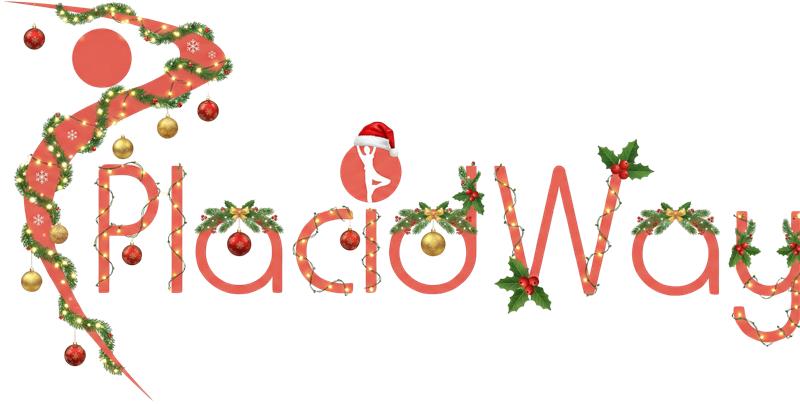

.png)
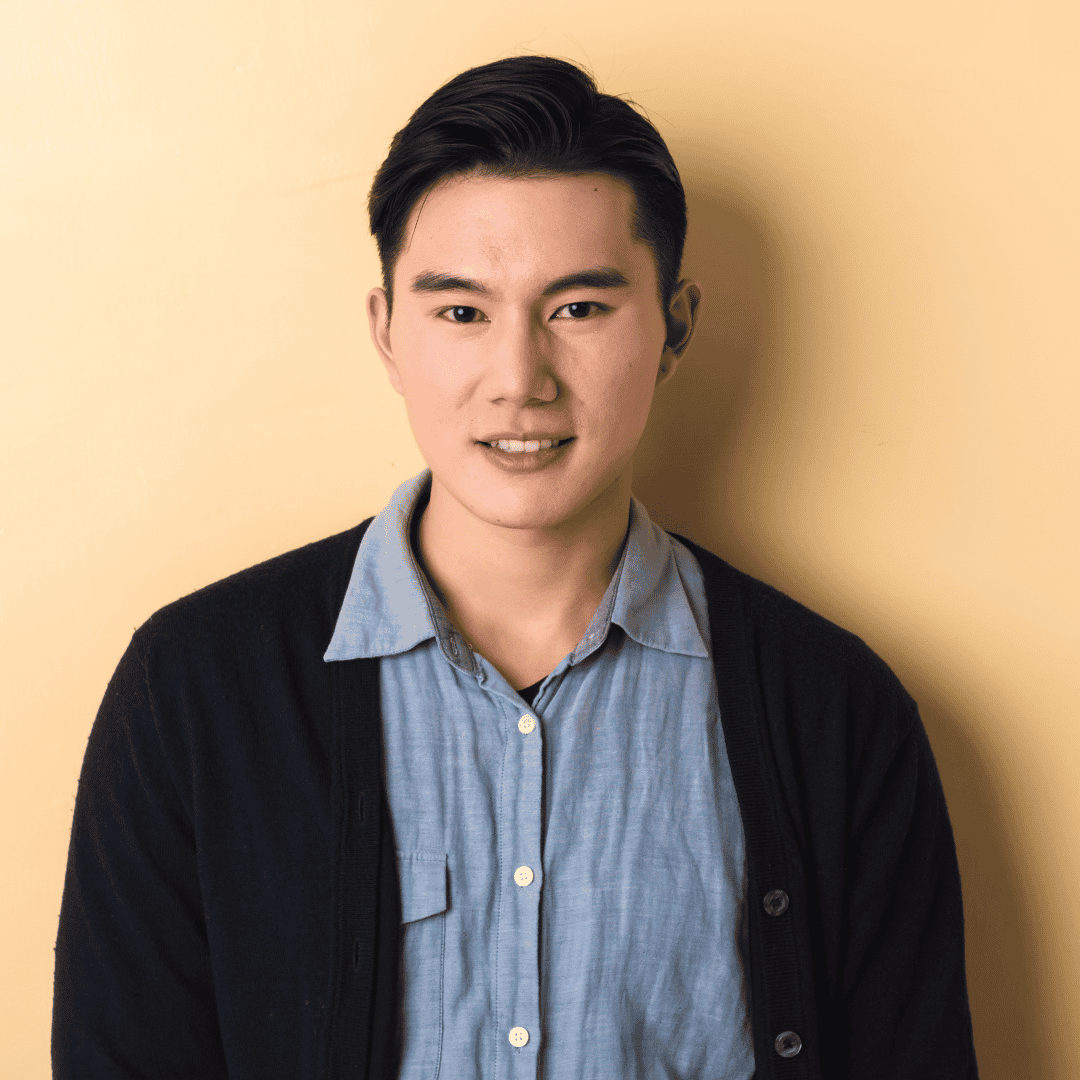
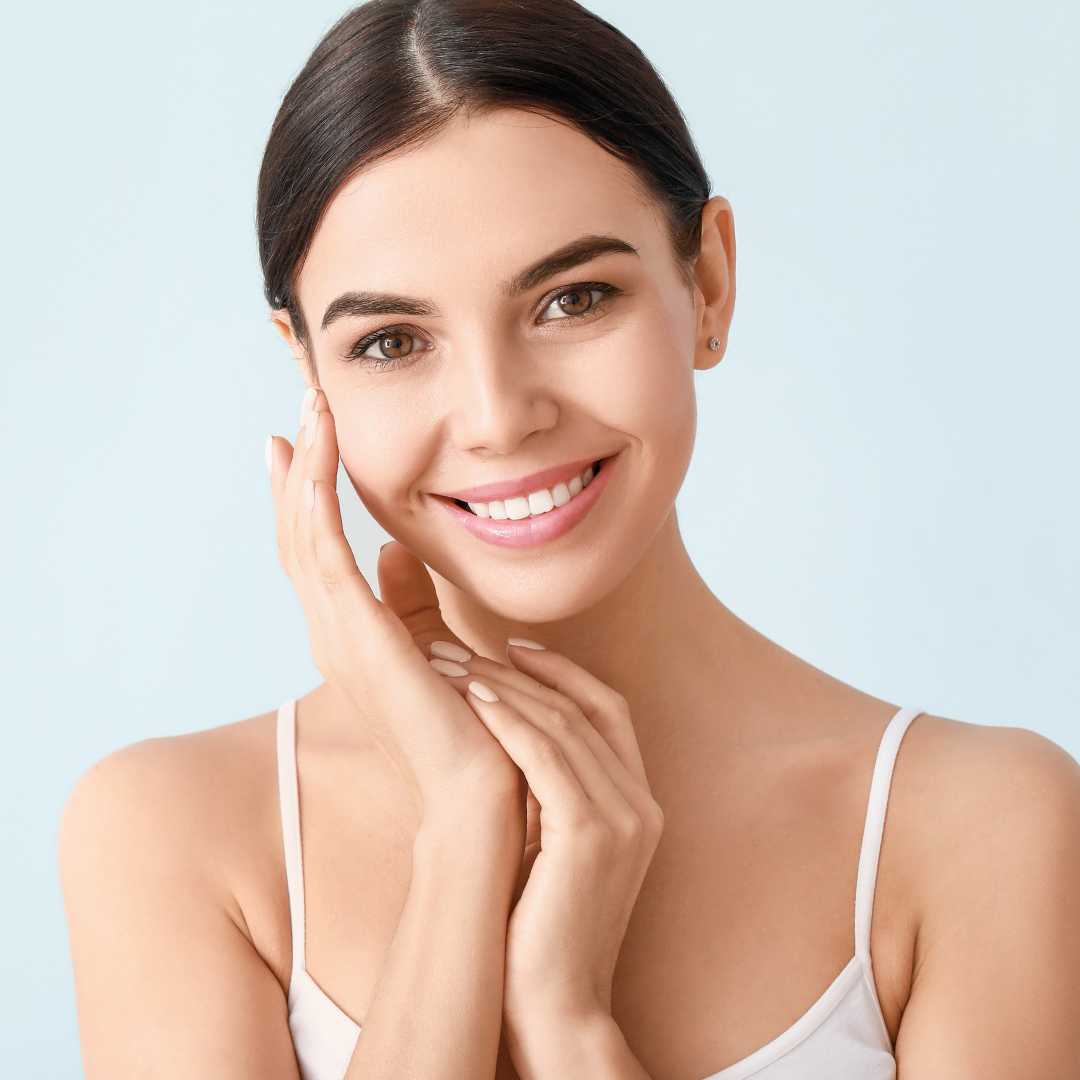
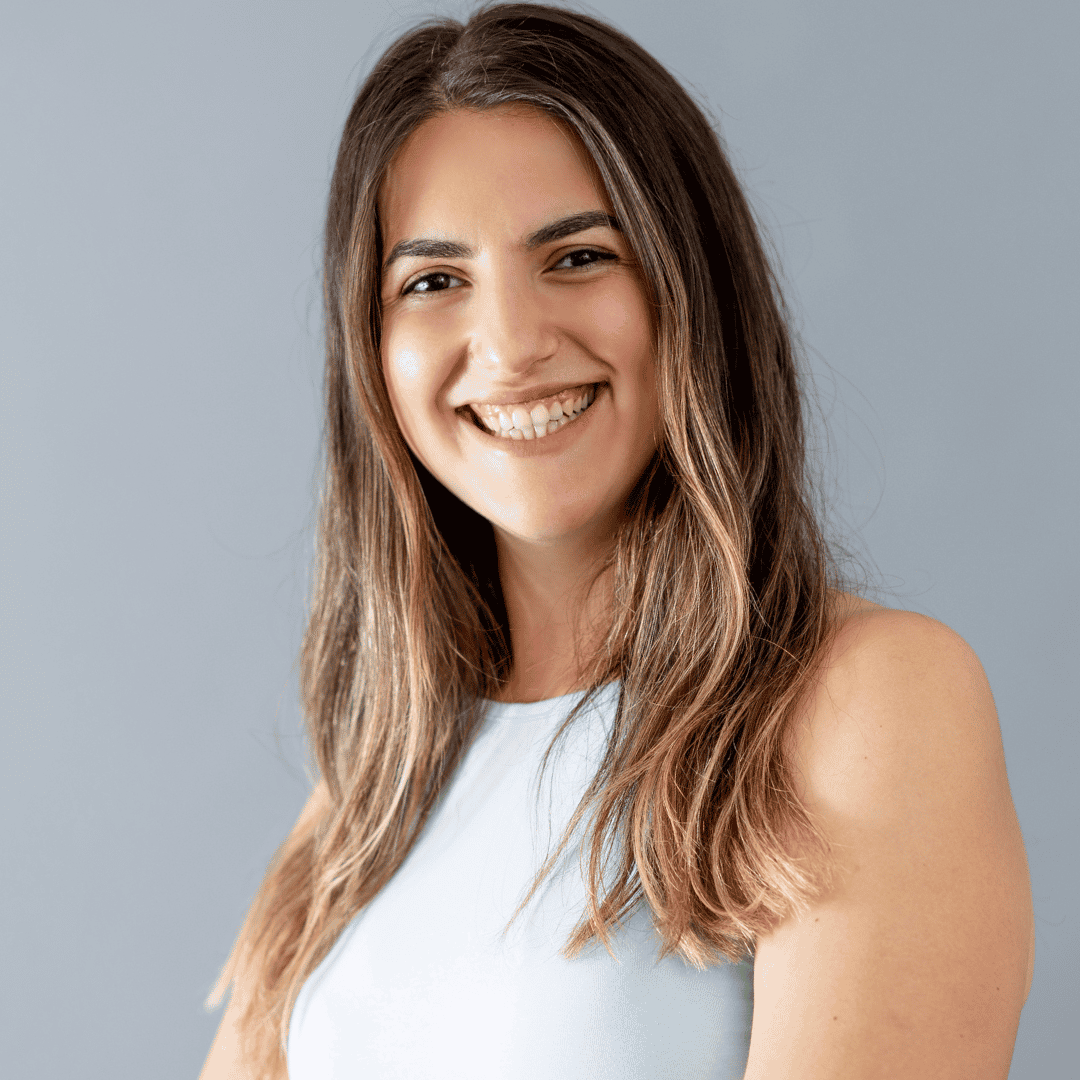
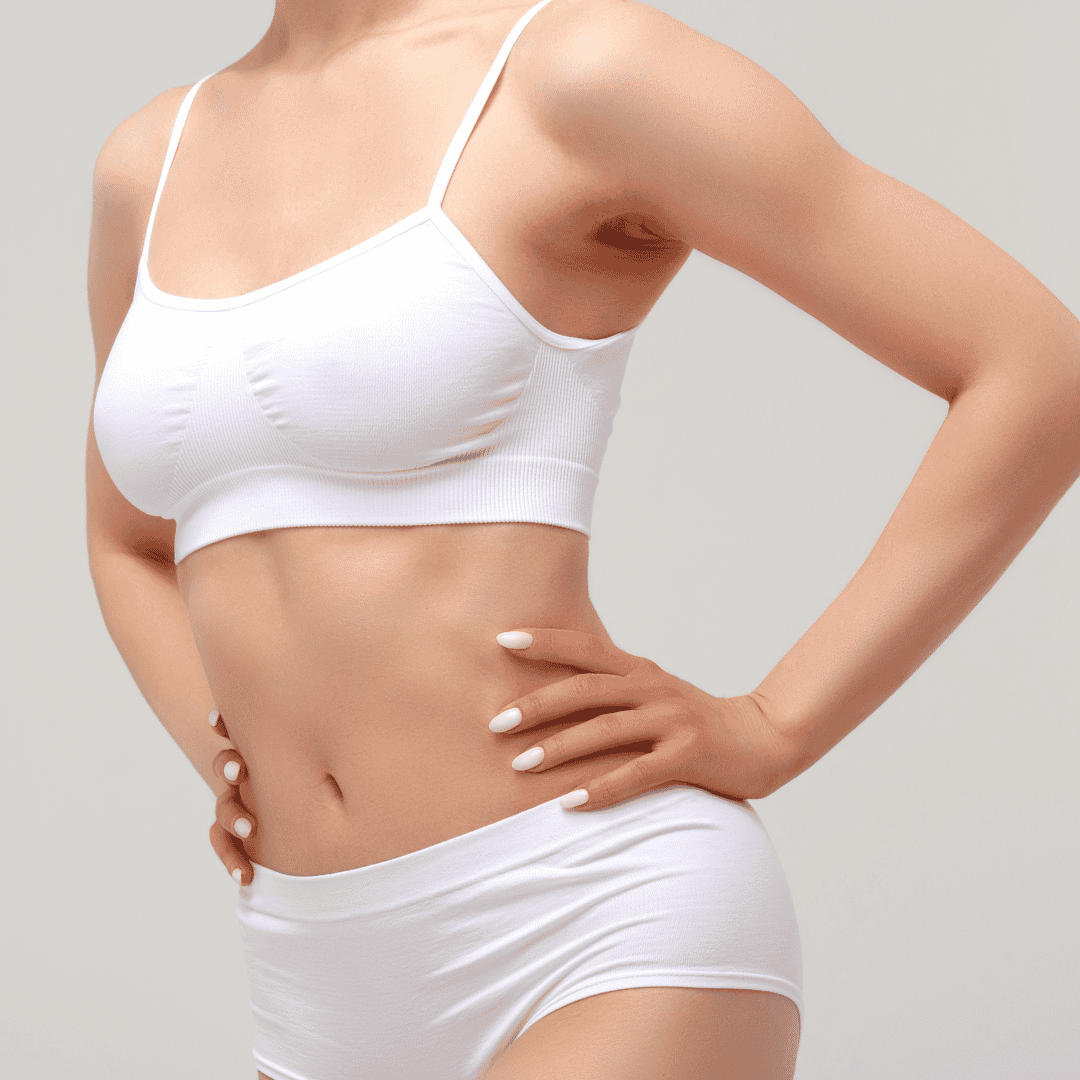
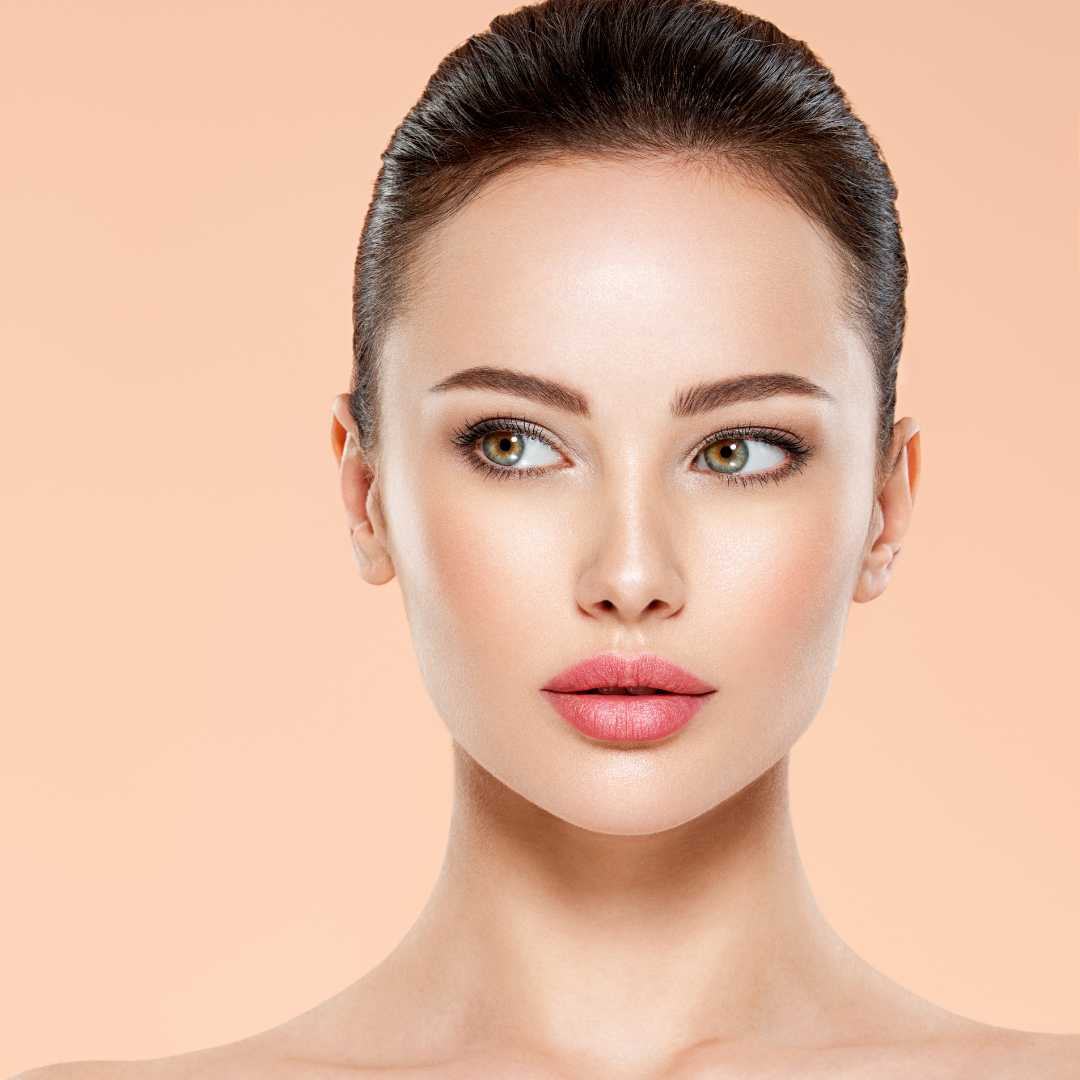
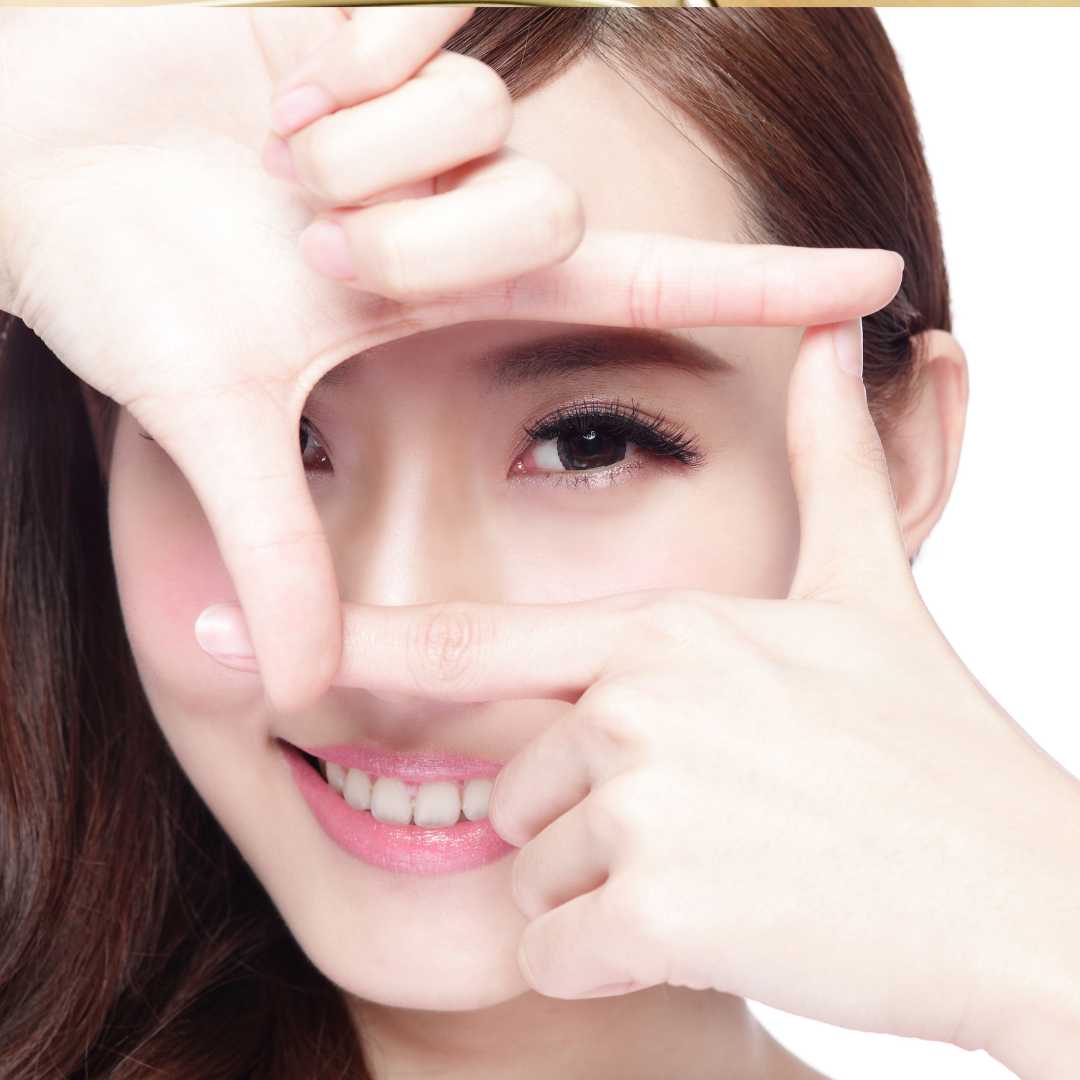

.png)
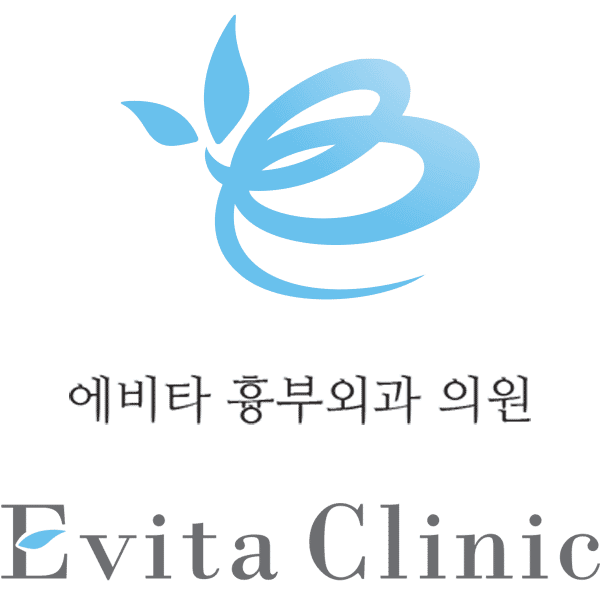
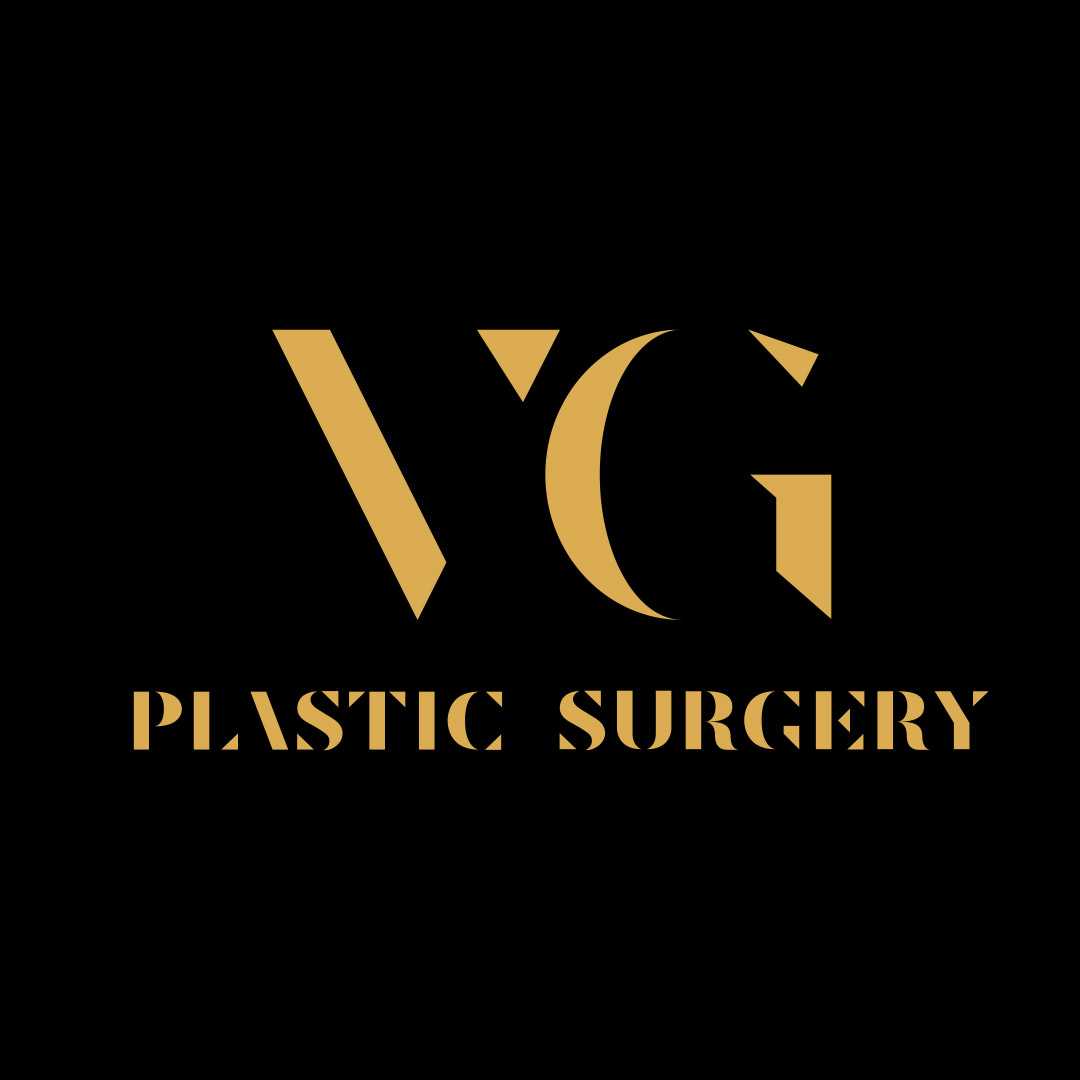
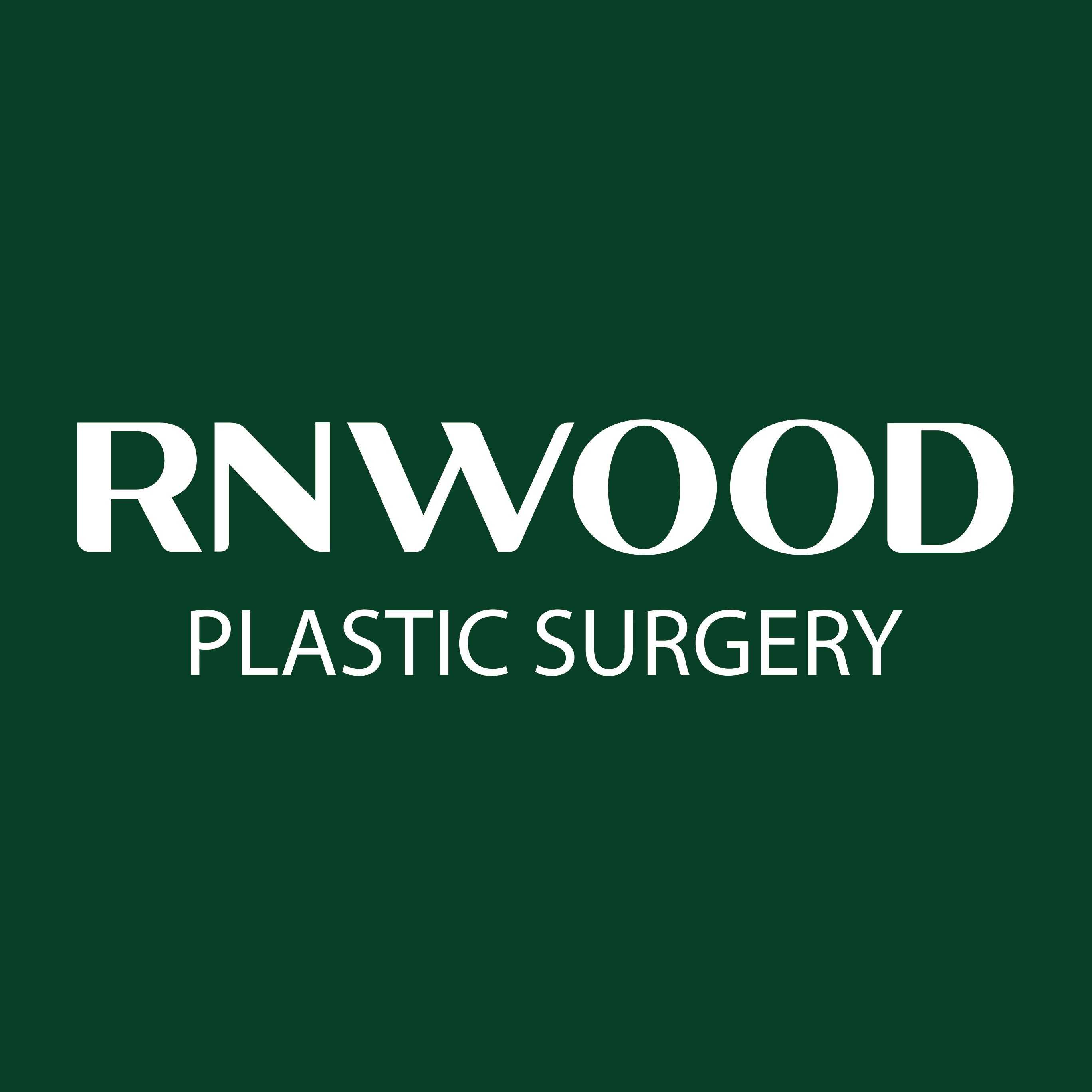
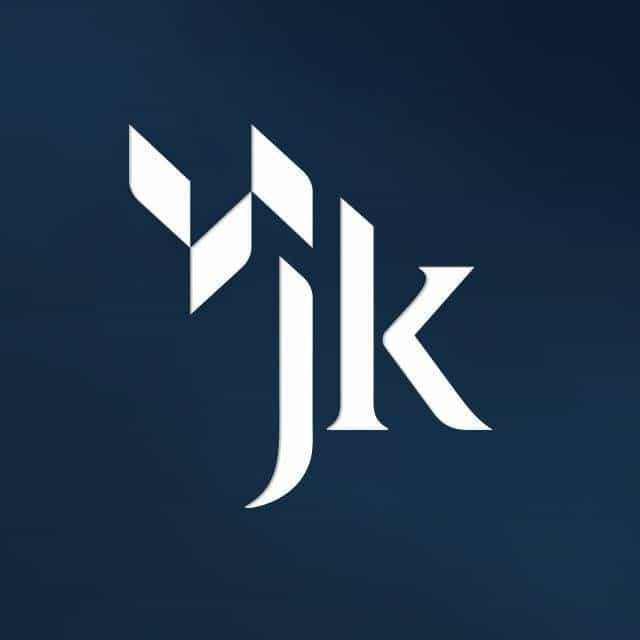
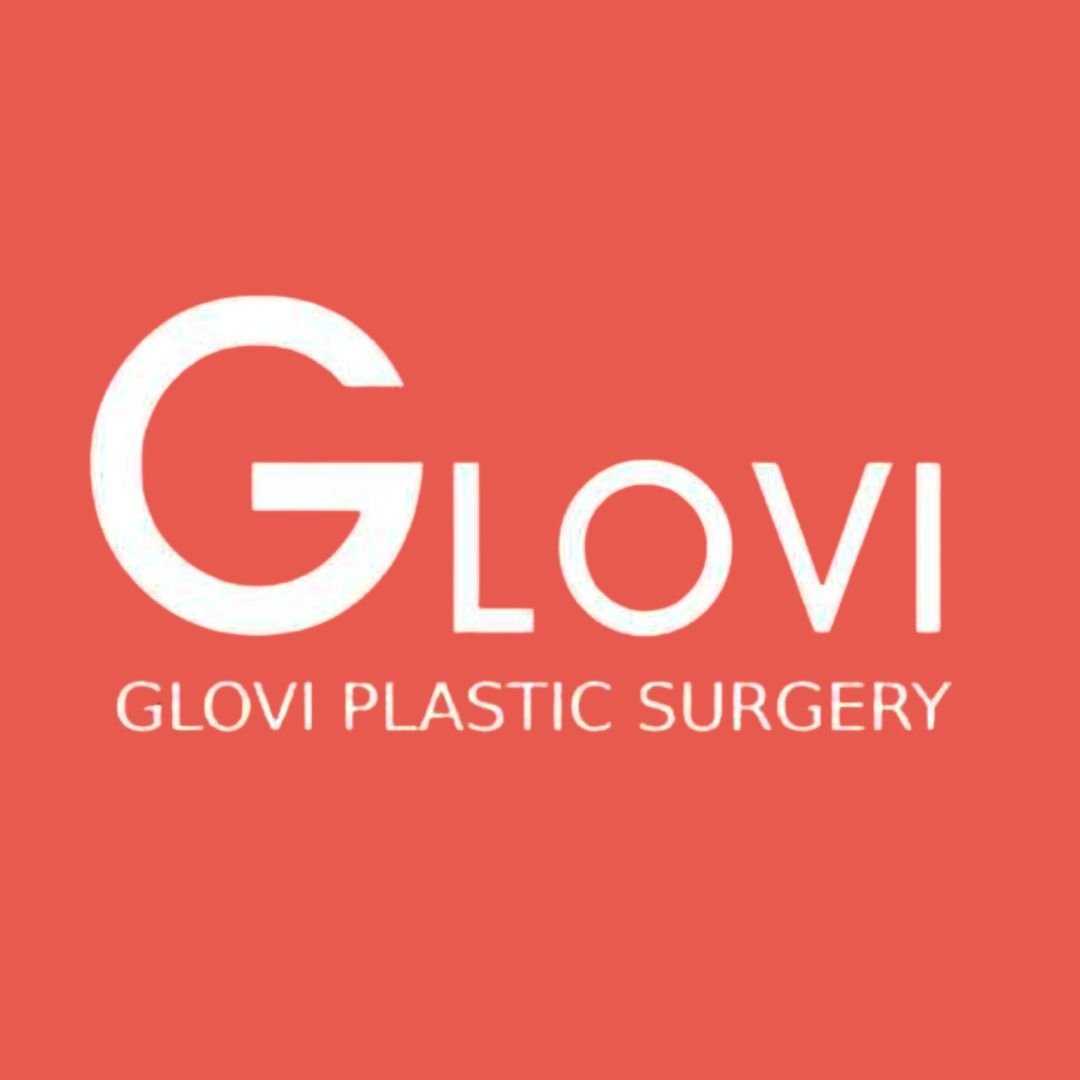

Share this listing